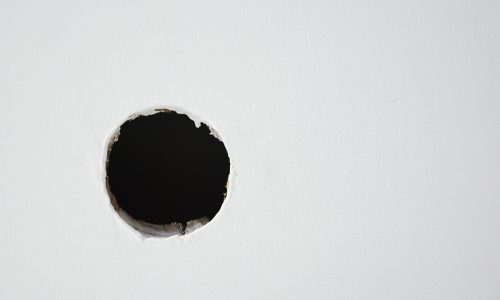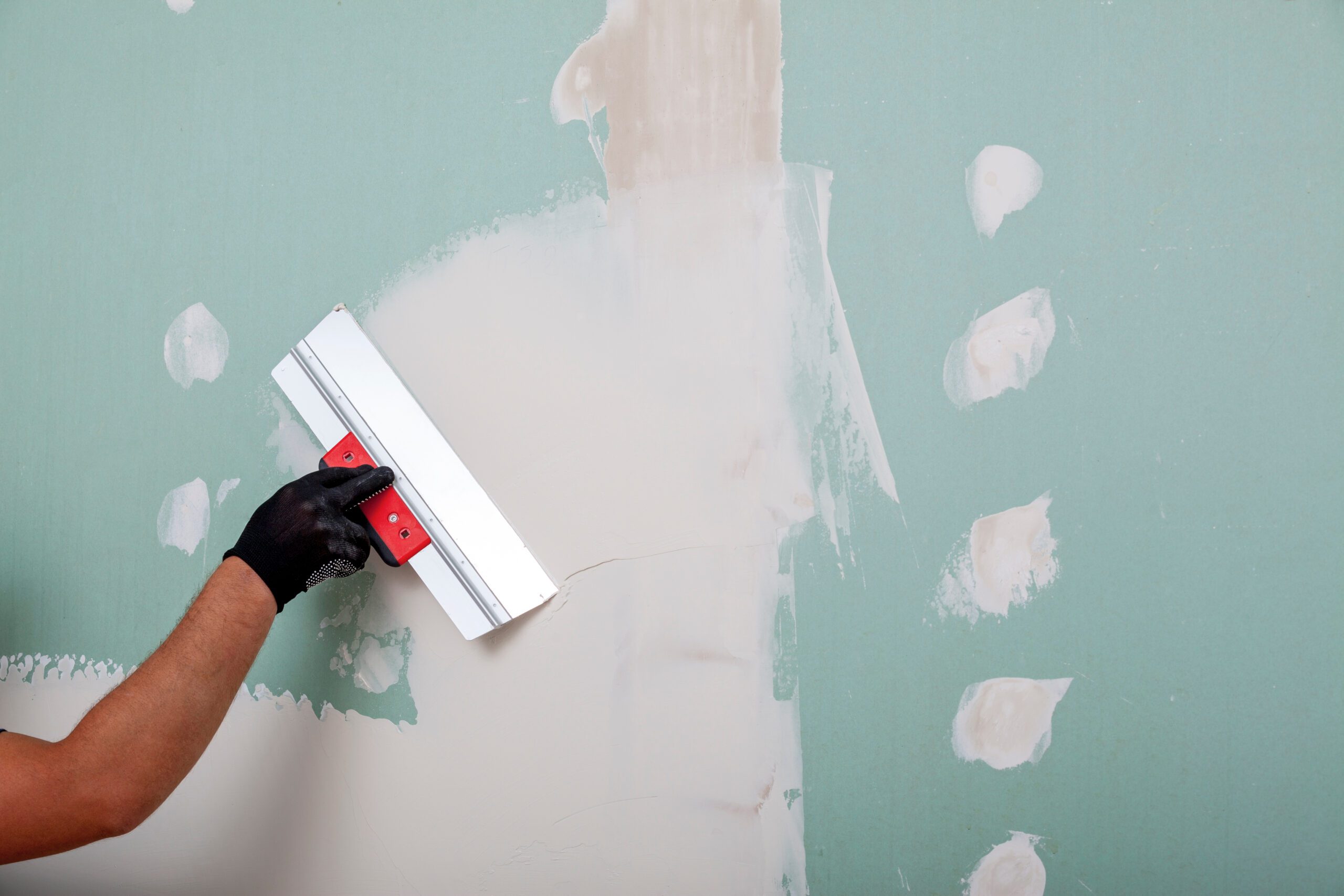A Comprehensive Overview to Learning Drywall Repair and Installment
This overview provides a detailed expedition of drywall fixing and setup, satisfying both beginners and seasoned specialists. It lays out essential devices, techniques for patching and hanging sheets, and the critical ending up processes. drywall contractor. By recognizing usual risks, individuals can accomplish refined outcomes. Mastering these abilities not only enhances one's home yet likewise builds self-confidence in do it yourself undertakings. What fundamental ideas will ensure a successful task throughout?
Necessary Devices for Drywall Repair Work and Installation
When beginning on drywall repair and setup, a few crucial tools can substantially boost the performance and high quality of the work. A drywall blade, typically available in different dimensions, is important for using joint substance and smoothing joints. A taping knife is also required for feathering edges and making sure a smooth coating. Furthermore, a drywall saw or energy blade enables specific cutting of drywall sheets to fit any area.

Step-by-Step Guide to Patching Holes
Covering holes in drywall is a straightforward process that can bring back the wall's appearance and integrity. To start, the location around the opening ought to be cleaned and any loose particles removed. For little openings, an easy spackle or joint substance can be applied with a putty knife. Larger holes may need a spot; an item of drywall can be cut to fit the opening, secured with sticky or screws, and after that taped around the edges. Once the spot is in place, joint compound is used over the spot and feathered out to blend with the bordering wall. After the compound dries, fining sand is needed to attain a smooth surface. The fixed area can be topped and repainted to match the rest of the wall surface. This method assures a smooth repair, boosting the overall appearance of the drywall and preserving its structural stability.
Techniques for Hanging Drywall Sheets
After effectively repairing openings in drywall, the next action entails hanging brand-new drywall sheets to develop a seamless surface. To attain this, one need to start by gauging the wall space accurately and reducing the drywall sheets to fit. It is important to hang the sheets flat for better architectural stability, beginning with the top and functioning downwards.
Utilizing a drywall like this lift can streamline the process, especially for ceiling installments. Once positioned, securing the sheets with drywall screws at periods of concerning 12 inches along the sides and 16 inches in the area is crucial. This guarantees a solid hold and minimizes the great site risk of sagging. For corners, the sheets need to be reduced to fit comfortably, enabling cleaner seams. Lastly, it is advisable to startle the joints in between sheets to enhance the total structure, producing a more long lasting surface ready for the next phase in the drywall installment process.
Completing Touches: Insulation and Mudding
Finishing the drywall installment includes the essential actions of mudding and taping, which ensure a smooth and polished surface. Insulation needs the application of joint tape over the joints in between drywall sheets. Drywall Repair Ogden UT. This tape can be either paper or fiberglass fit together, with each kind offering special advantages. After taping, the following step is mudding, where joint substance, or "mud," is put on cover the original site tape and fill any flaws
Utilizing a drywall blade, the substance should be spread out uniformly, ensuring a feathered edge to decrease noticeable modifications. Multiple layers are frequently essential, with sanding in between each layer to accomplish a smooth surface area. Cautious focus during this procedure is necessary, as it significantly influences the last appearance of the wall. With the right method and patience, completion outcome will certainly be a perfect foundation prepared for paint or ending up touches.
Common Blunders to Stay Clear Of in Drywall Projects

Another typical blunder is not enabling adequate drying out time in between coats, which can catch wetness and jeopardize the finish. Moreover, overlooking to feather the edges effectively can produce noticeable lines and flaws. Missing sanding or utilizing improper techniques might leave rough places. By being aware of these challenges, individuals can greatly boost the top quality of their drywall projects and accomplish a professional-looking coating.
Regularly Asked Questions
Can I Fix Drywall Without Expert Assist?
Yes, one can fix drywall without professional aid. With the right devices, materials, and guidance, individuals can successfully manage small repair work. Significant damages may call for specialist competence for suitable results and sturdiness.
How Much Time Does Drywall Substance Take to Dry?
Drywall substance normally takes between 24 to 2 days to dry entirely, relying on elements such as humidity and temperature level. Thinner layers may dry out faster, while thicker applications call for more time for ideal outcomes.
What's the Best Type of Paint for Drywall?
The best kind of paint for drywall is commonly a water-based latex paint. It offers exceptional insurance coverage, sturdiness, and ease of application, making it optimal for indoor walls while enabling for simple cleanup with soap and water.

Exactly how Do I Protect Against Mold on Drywall?
To stop mold on drywall, assurance correct air flow, control humidity degrees, utilize mold-resistant materials, and promptly address any kind of leaks. Normal evaluations and instant removal of water damages are also essential for lasting avoidance.
Is Drywall Recyclable After Elimination?
Drywall is recyclable after elimination, offered it is complimentary from contaminants like mold and mildew, paint, or other dangerous materials. Recycling facilities can refine it right into new items, advertising sustainability and decreasing land fill waste in building.
When starting on drywall repair work and installation, a few necessary tools can significantly enhance the efficiency and high quality of the job. After efficiently repairing openings in drywall, the next action includes hanging brand-new drywall sheets to create a smooth surface area. Completing the drywall installation includes the vital actions of taping and mudding, which assure a smooth and sleek finish. Achieving a sleek finish in drywall projects can be tough, and numerous common errors can undermine the quality of the work. Yes, one can fix drywall without expert assistance.